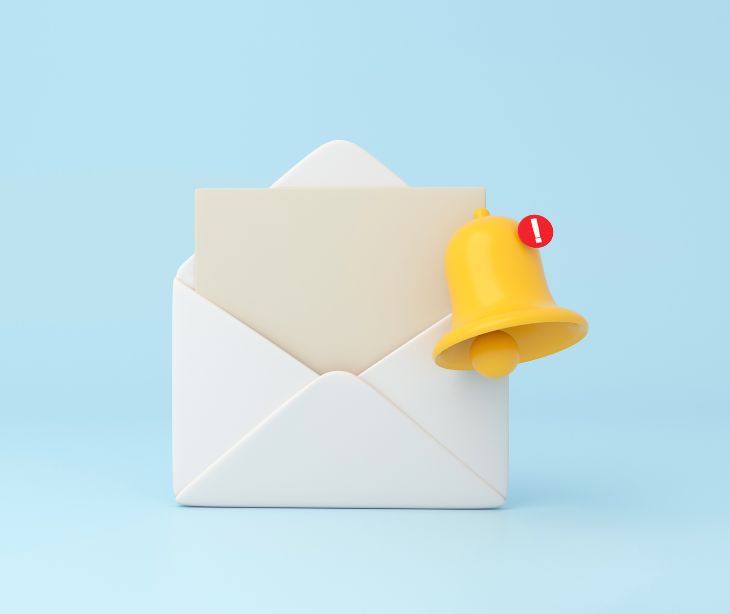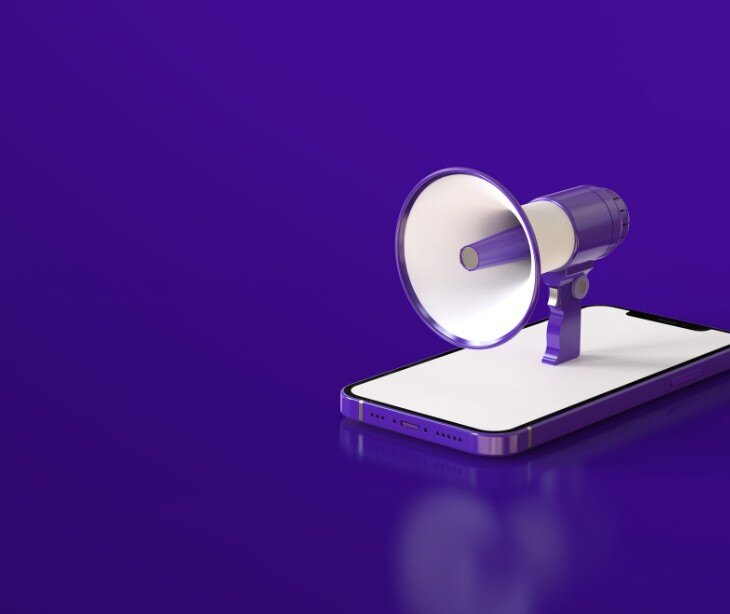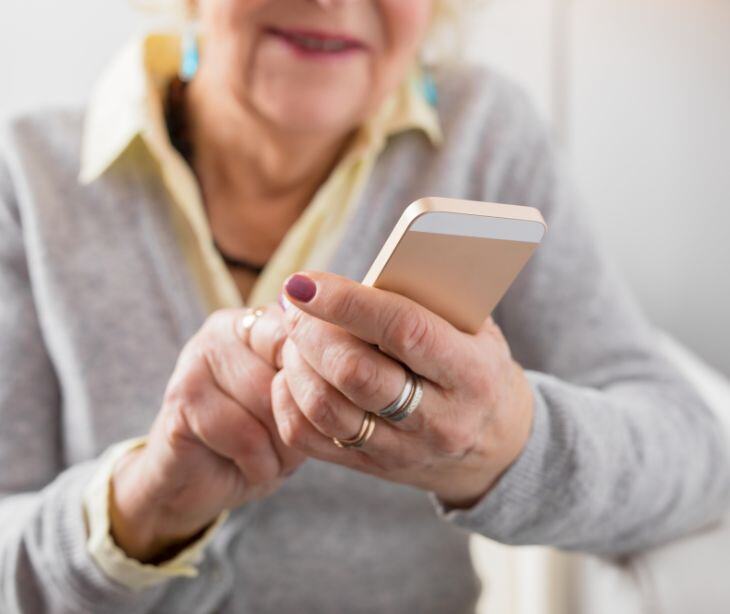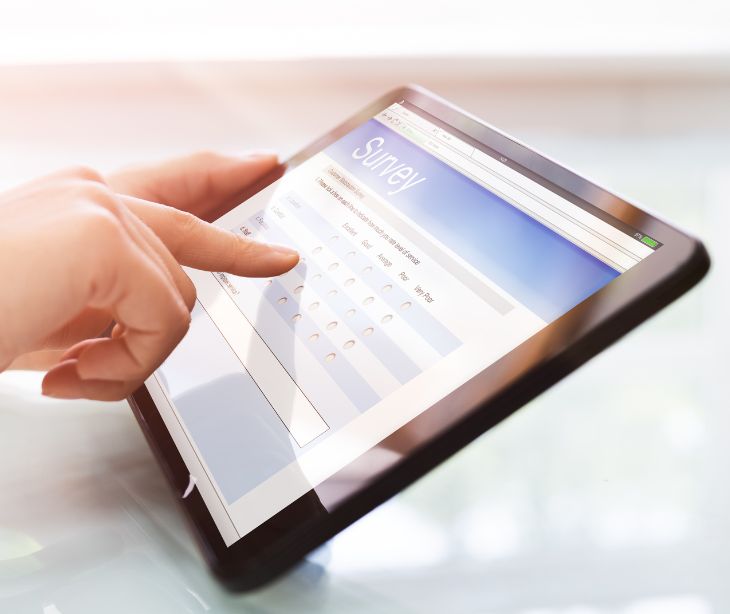
When follow-up emails are tailored to address individual patient needs, medical histories, and specific health conditions, patients are more likely to feel understood and cared for on a personal level. This personalization helps to demystify complex medical information, making it more accessible and relevant.
What is the role of personalized communication in healthcare
According to a 2022 McKinsey report, 71% of consumers expect companies to offer personalized communication, and 76% express frustration when this doesn't happen. In the healthcare sector, personalization goes beyond mere consumer satisfaction; it enhances patient engagement and adherence to treatment plans.
When healthcare providers tailor communications to reflect individual patient histories, preferences, and specific health needs, patients are more likely to understand their medical conditions and treatment options. This clarity encourages them to take an active role in managing their health, which can lead to better clinical outcomes.
Personalized communications, like HIPAA compliant email, a deeper relationship between patients and healthcare providers, building trust and loyalty. This trust is needed to encourage ongoing health discussions and for securing patient commitment to long-term treatment regimens, especially in managing chronic diseases.
For healthcare organizations, the benefits of personalization include operational efficiencies such as reduced rates of hospital readmissions and more effective management of patient care.
Seev also: Examples of personalized healthcare marketing emails
Elements of an effective follow-up care email
- Condition-specific content curation: Develop content that is uniquely tailored not just to the condition but to the stage or severity of the patient’s condition.
- Adaptive content delivery: Use machine learning algorithms to adapt the content based on how the patient interacts with previous emails. If a patient frequently opens links related to a specific topic, future emails can automatically include more of that content type.
- Preemptive support messages: Analyze patient data to predict potential complications or common queries and send preemptive emails addressing these issues.
- Integrated patient feedback loop: Include a mechanism for patients to provide immediate feedback on each email, such as a "Was this information helpful?" button.
- Follow-up email sequencing: Design a series of follow-up emails that progressively deliver information, avoiding information overload in a single message.
- Multimedia content integration: Use various media forms, such as audio messages or interactive diagrams, to cater to different learning styles and accessibility needs.
- Customizable email templates: Offer patients the option to customize the layout or frequency of their emails through their patient portal settings.
- Geographical personalization: Tailor content based on the patient’s location, including relevant local health resources or community events.
Strategies to create an effective follow up email
Advanced personalization techniques: Go beyond using just the recipient’s name; personalize the email based on their recent interactions, preferences, or engagement history.
- Use data from past interactions to customize the content. For instance, if a customer recently browsed a specific product category on your website, reference that in your follow-up.
Behavioral triggers: Set up emails to trigger based on specific actions taken by the recipient, such as opening a previous email, clicking a link, or visiting a webpage.
- Use marketing automation tools to send follow-up emails when a recipient performs a particular action, which increases the relevance and timeliness of the communication.
A/B testing of email components: Continuously test different elements of your emails, including subject lines, email body text, call-to-action buttons, and send times to find what works best.
- Use email marketing software to run A/B tests on small segments of your audience to determine which variations perform the best, then apply those learnings to your broader campaigns.
Integration of multimedia content: Enhance emails with relevant video or audio content that can provide a richer experience than text alone.
- Include video summaries of meetings, product demos, or heartfelt thank you messages that can make the follow-up more engaging and personal.
Segmentation by engagement level: Segment your recipients by their level of engagement and tailor the follow-up strategy accordingly.
- Differentiate recipients who frequently engage with emails from those who do not, and tailor the depth and frequency of follow-up. More engaged users might receive more detailed follow-ups, while less engaged ones receive high-level summaries or offers.
Follow-up sequences: Design a sequence of follow-up emails with a defined storyline or flow, rather than sending isolated follow-ups.
- Plan a series of three to four emails that build on each other, each with its own unique purpose, ensuring a coherent narrative that guides the recipient through a process or decision.
Utilization of predictive analytics: Use predictive analytics to forecast the best times to send emails or predict which types of follow-up content will resonate most with different segments of your audience.
- Implement tools that analyze user behavior and historical data to predict outcomes like the best send times or most effective email topics.
Responsive feedback mechanisms: Include interactive elements that allow recipients to provide feedback directly within the email.
- Embed rating scales, feedback forms, or quick polls within the email to gather instant feedback on the usefulness of the information provided or overall satisfaction.
Smart reminders: Set up intelligent reminders based on the recipient's interaction with the email. If an email goes unopened or unanswered after a certain period, send a gentle reminder.
- Use email automation tools to track interactions and automate follow-up reminders, adjusting the message based on the recipient’s responsiveness.
See also: Top 7 HIPAA compliant email marketing services
FAQs
Is consent necessary to send follow up emails?
Yes, obtaining explicit consent is necessary to send follow-up emails, especially in healthcare, to comply with privacy laws like HIPAA.
What alternatives exist to email for follow-up care communication?
Alternatives to email for follow-up care communication include SMS text messages, phone calls, patient portals, mobile apps, and direct mail.
How to handle patients who prefer not to receive emails?
For patients who prefer not to receive emails, offer alternative communication methods such as SMS, phone calls, or secure messages through patient portals, and ensure their preferences are updated in their records.
Subscribe to Paubox Weekly
Every Friday we'll bring you the most important news from Paubox. Our aim is to make you smarter, faster.




